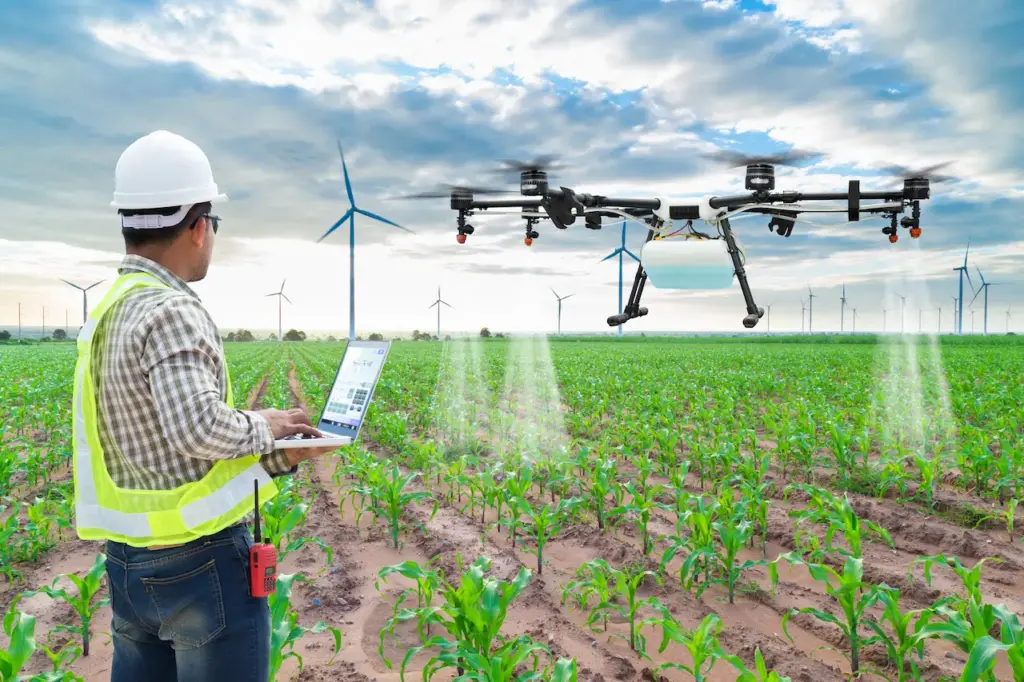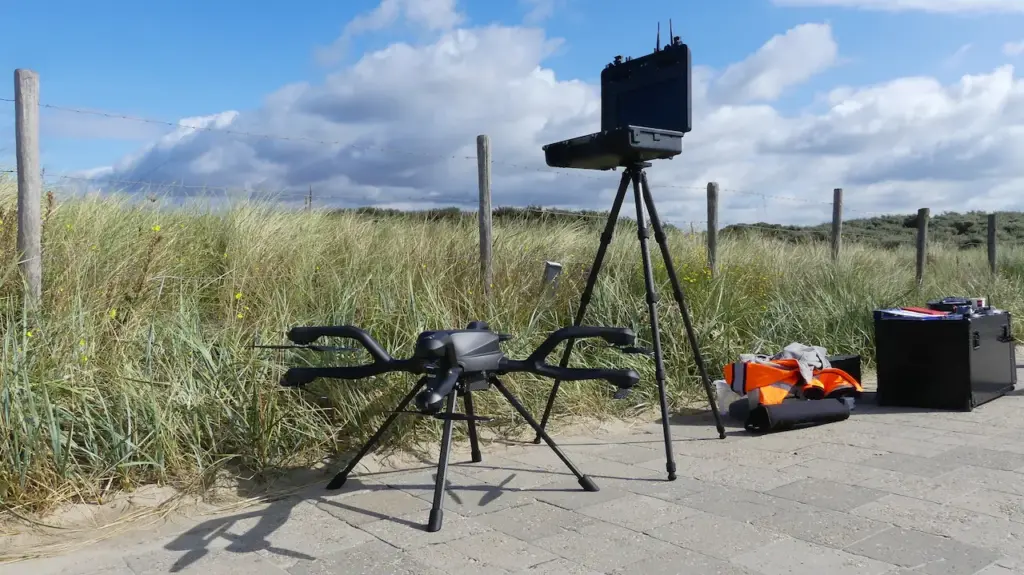Building The Future (Literally) With Drone Construction Teams
Drones and drone technology are being employed to help with not just inspecting construction sites, but also doing the construction themselves.
ETH Zurich’s Institute for Dynamic Systems and Control in Zurich, Switzerland is using drones to build walkable rope bridges. Referred to as “flying construction robots,” the drones assist designers with constructing walking bridges that can support the weight of an average-sized adult, according to ETH Zurich.
The marriage of emerging drone technology with 3D printing capabilities would result in unlimited possibilities for designers to envision the creation of structures that would otherwise be inaccessible by means of traditional construction methods. A designer could create design, such as a human pathway between two natural occurring cliffs, and use drones that possess 3D printing capabilities to weave a spatial structure that could accommodate the design and natural contours of the cliffs and space between them.

London Architectural Association (AA.DRL) professor Robert Stuart-Smith’s Aerial Robotic Bridge Construction computer program provides computer simulations of drone construction, according to Line Shape.
Robotic 3D-print construction company MX3D constructed a pedestrian bridge with the aid of a 3D printing-enabled robot. The Amsterdam-based company is only one of a handful of concerns that is leading the frontier of bringing robotic construction applications through the use of robot and drone technology.
Other companies that are exploring drone design and construction include MUPPette, whose aerial 3D printing drone made its debut at the petting zoo at the annual South-by-Southwest event and Petr Novikov, an architecture and robotics company that builds human scale structures comprised of marble and polymer composite materials.

MUPPette – Mobile Unmanned Printing Platform from Gensler LA on Vimeo.
Drones programmed to accomplish the construction of bridges and other spatial structures could provide real-time feedback analysis of structural challenges and eliminate the need for scaffolding and other materials that would otherwise place the lives of human construction workers at risk. The result would be a safer process using the inherent advantage of a drone’s ability to hover in space for long periods of time in order to accomplish its programmed task.






